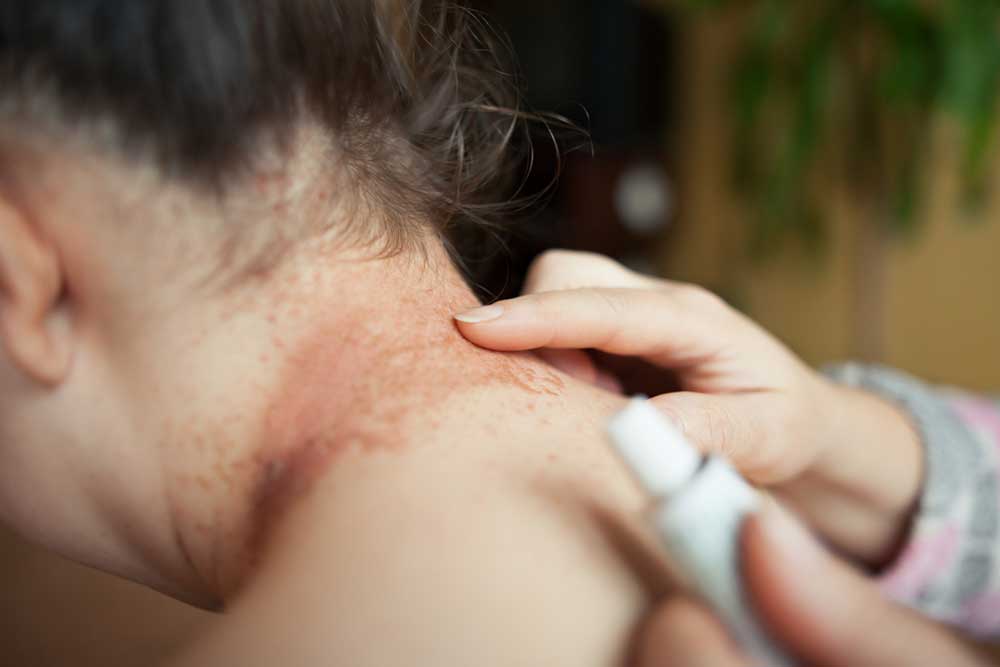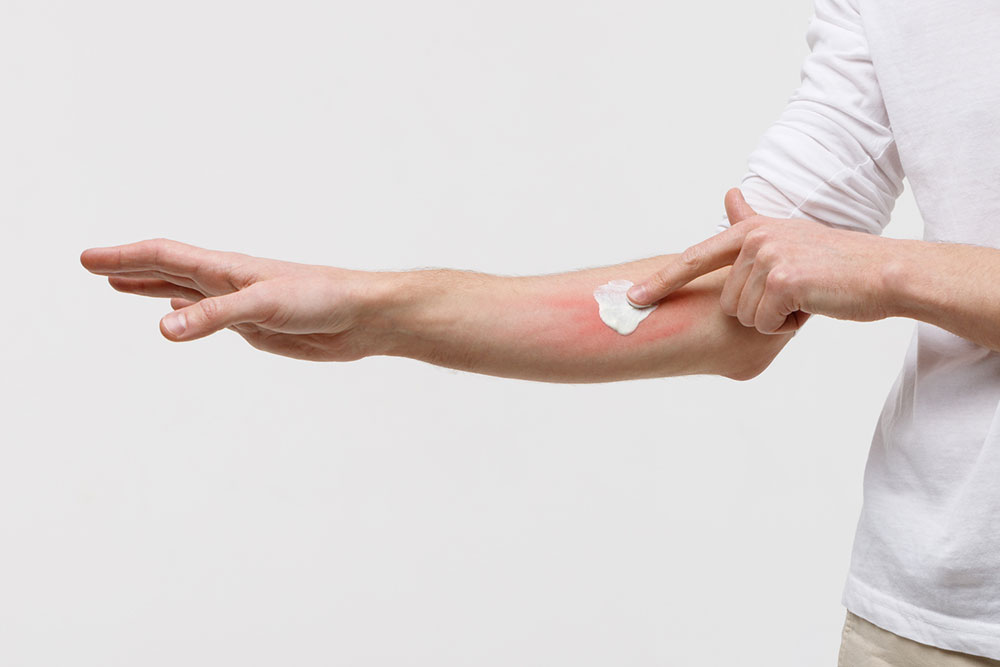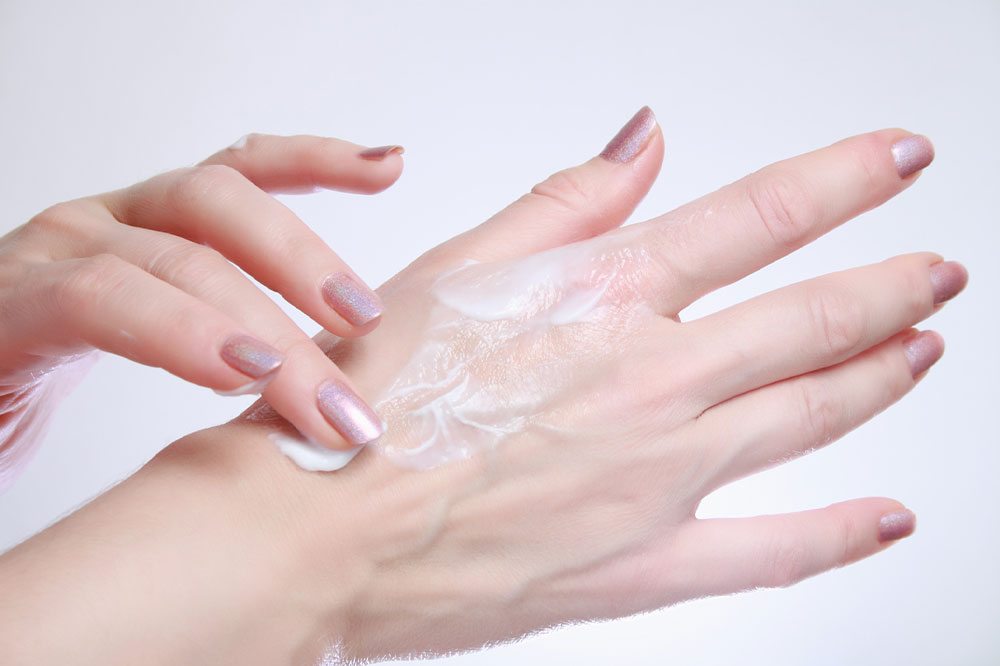Key Signs and Symptoms of Eczema You Should Know
This article discusses the key signs and symptoms of eczema, including severe itching, redness, oozing, and skin thickening. It highlights how eczema manifests differently across age groups and emphasizes the importance of professional diagnosis for effective management.

Common Indicators and Manifestations of Eczema
Eczema encompasses a range of skin disorders marked by inflammation and irritation. Common in infants, many outgrow it by age ten, though some face recurrent episodes throughout life, with symptoms that can vary in intensity.
Typical signs of eczema include
– Severe itching often initiates the condition, followed by red bumps of different sizes. The itchiness can be intense enough to disturb sleep.
– A burning feeling may accompany the rash, especially around sensitive areas like the eyes and eyelids.
– Scratching can cause oozing, with clear fluid leaking from the bumps.
– Persistent eczema often leads to thick, scaly skin patches.
– Coin-shaped eczema appears as round rashes, sometimes mistaken for fungal infections.
– Over time, skin cracks may become painful.
– In older children and adults, eczema frequently affects the neck, elbows, knees, and sometimes the face.
Infants may develop rashes on the face and torso. As they crawl, rashes can spread to knees and elbows, usually sparing the diaper area.
– Red, fluid-filled bumps that weep when scratched are common, especially on fingers.
– The scalp is less involved, though rashes behind the ears can appear.
– Eyelids may become red and swollen.
– Rashes on palms or soles might suggest other issues like fungal infections or contact dermatitis.
If these symptoms occur, seeing a healthcare professional is essential. They will evaluate the skin, review medical history, and may perform tests to accurately diagnose the condition.
Disclaimer:
The details provided here are for educational purposes about various skin conditions. They do not replace professional medical advice. Consult a healthcare provider for diagnosis and treatment. The website is not responsible for inaccuracies or external offers.


